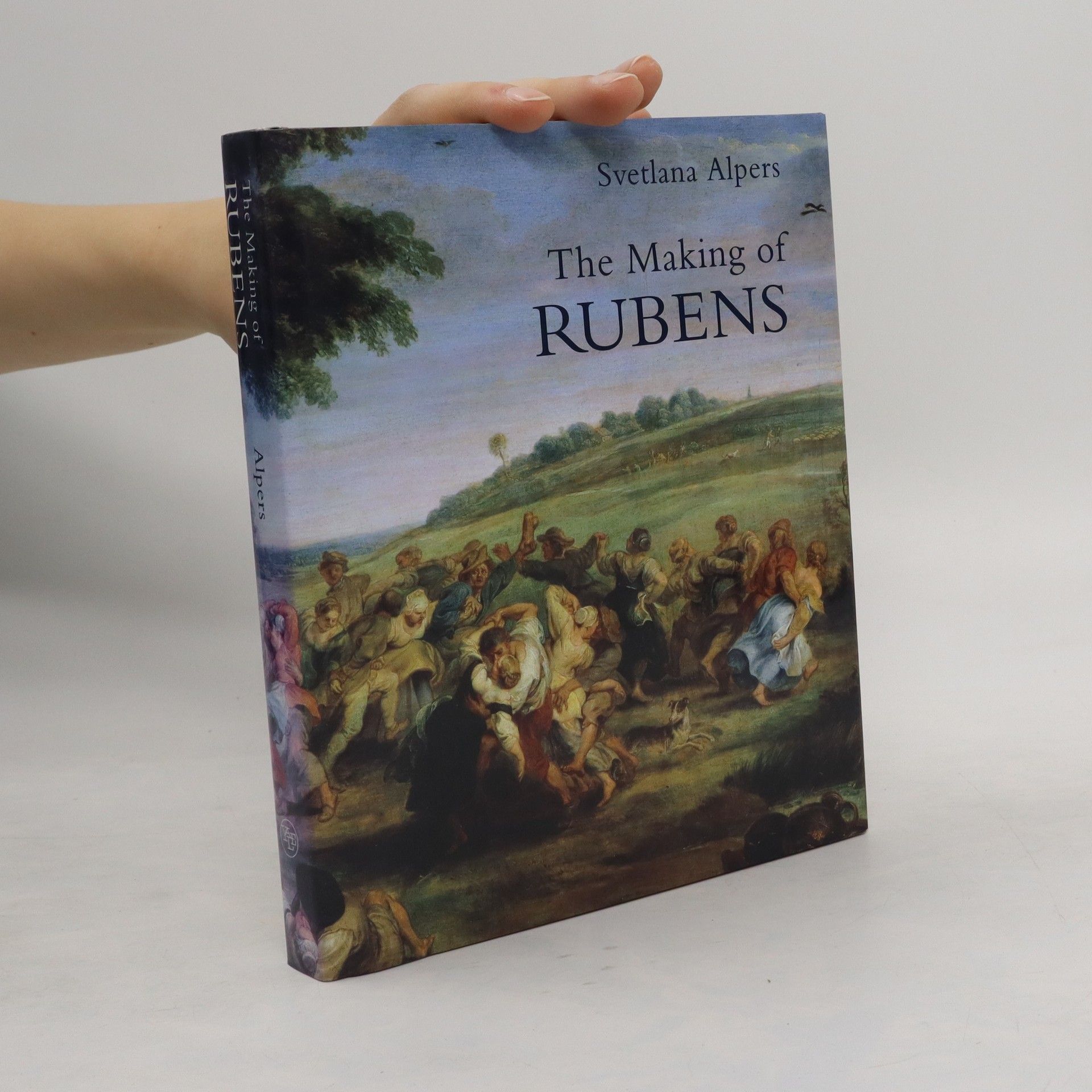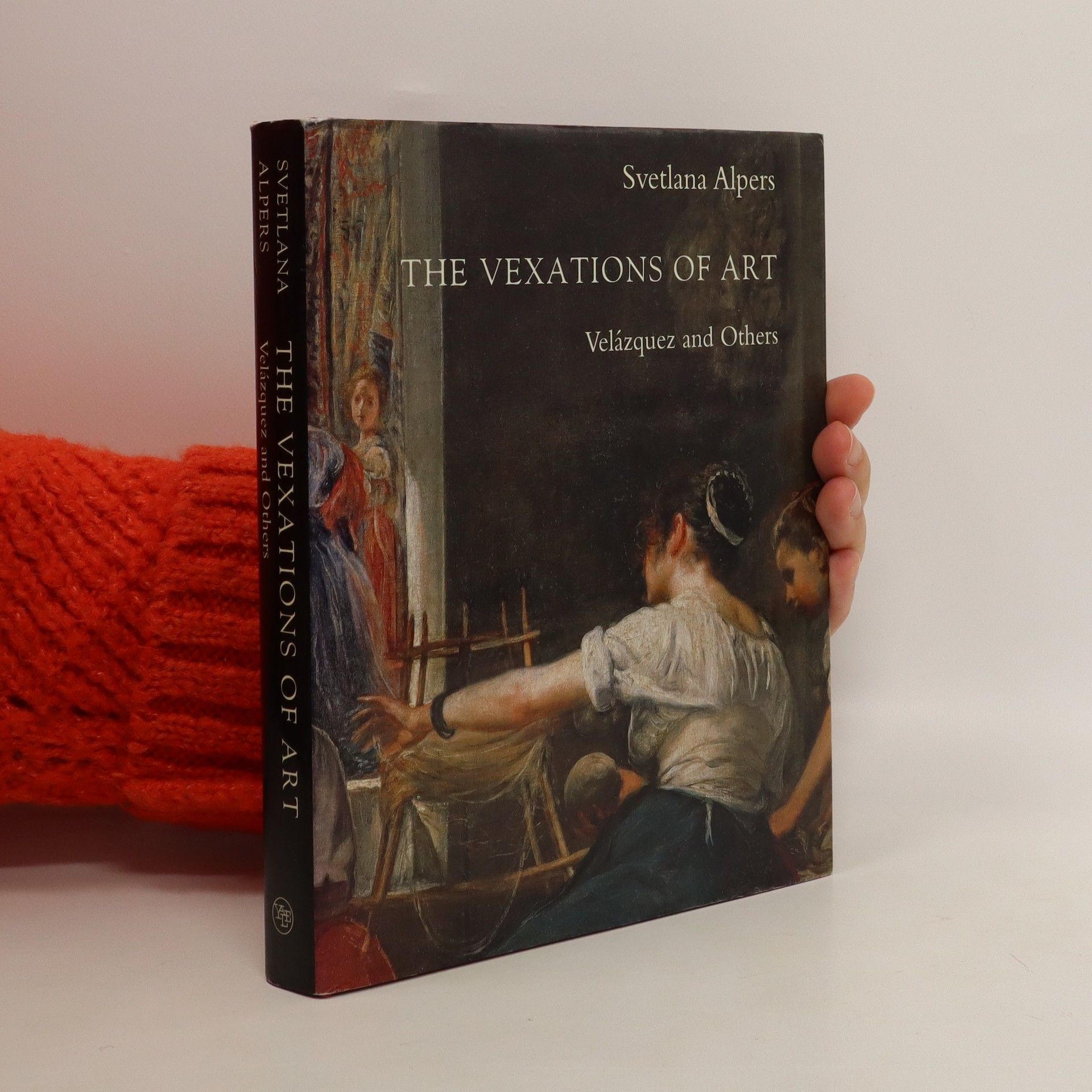Wie kommt es, dass der Begriff „Rembrandt„ zu einem Synonym für Wert und Einzigartigkeit geworden ist? Kunsthistoriker überprüfen seit Jahren, welche Bilder aus der Hand des Meisters stammen und welche von Schülern, Mitarbeitern oder Nachfolgern gemalt wurden – Aberkennungen lassen nicht nur die Fachwelt aufhorchen. Doch für Rembrandt zählte die Vervielfachung „echter“ Werke zu den alltäglichen Aufgaben seines „Malunternehmens". Svetlana Alpers durchforscht Rembrandts künstlerische Laufbahn, den Wandel seiner Arbeiten und seinen Markwert – und lässt den Künstler als Mensch und Maler in einem anderen Licht erscheinen.
Svetlana Alpers Bücher
Svetlana Alpers war eine bedeutende Kunsthistorikerin, die sich in ihrer Arbeit auf die niederländische Barockkunst konzentrierte. Sie war Professorin für Kunstgeschichte an der University of California, Berkeley, und eine Verfechterin der „neuen Kunstgeschichte“. Alpers stellte in ihren Analysen traditionelle ikonografische Ansätze in Frage und betonte stattdessen die visuelle Beschreibung und die Besonderheiten der niederländischen Malerei. Ihre Arbeit zeichnete sich durch eine innovative Verknüpfung der Kunstgeschichte mit Bereichen wie Wirtschaft und Optiktheorie aus und forderte konsequent neue Perspektiven auf Kunstwerke.






Alpers, Svetlana. Kunst als Beschreibung - Holländische Malerei des 17.Jahrhunderts. Mit einem Vorwort von Wolfgang Kemp. Köln, Dumont Verlag, 1985. 8°. 429 Seiten mit zahlreichen Illustrationen. Original Hardcover with dustjacket. / Originaler Leinenband mit Schutzumschlag. Excellent condition with only minor signs of external wear. Small mistake from publisher's bindery to lower spine. / Sehr gut erhalten bis auf einen kleinen Verlagsdefekt am unteren Kapital der Bindung. Wenige, ganz feine Bleistiftanstreichungen und ein oder zwei radierbare Anmerkungen. Seltenes, lange vergriffenes Buch ! Enthält Constantin Huygens und Die Neue Welt / Ut pictura, ita visio - Keplers Modell des Auges und das Bildermachen im Norden / Mit getreulicher Hand und ehrlichem Auge - Das Handwerk der Darstellung / Kartographie und Malerei in Holland / Der Blick auf Wö Die Darstellung von Texten in der holländischen Kunst / Vermeer und Rembrandt / Über die emblematische Interpretation holländischer Kunst //
The vexations of art : Velázquez and others
- 308 Seiten
- 11 Lesestunden
"Alpers concentrates on the art of the seventeenth century, but also looks back and forward in time. She considers Velazquez as curator of the Spanish royal collection, which included many works by his admired predecessors Titian and Rubens. Velazquez also resembles Manet, and the affinity between the two painters is analyzed. Both worked in a tradition that assumed that there were persistent pictorial problems to take up. Inventive change was encouraged. Art such as this vexes or unsettles our view of the world even as it gives us reason to pause and look. The book concludes by asking whether painting continues to do that today." "This book reflects Alpers's close looking and long reflection upon a certain tradition of European painting. It illuminates the nature of what the most alert painters do, and why."--BOOK JACKET.
The Art of Describing
- 302 Seiten
- 11 Lesestunden
Constantijn Huygens and The New World -- "Ut pictura, ita visio": Kepler's model of the eye and the nature of picturing in the North -- "With a sincere hand and a faithful eye": The craft of representation -- The mapping impulse in Dutch art -- Looking at words: the representation of texts in Dutch art -- Epilogue: Vermeer and Rembrandt -- Appendix: On the emblematic interpretation of Dutch art
The second problem is that of art and its consumption. Beginning with Watteau, the making of a Rubensian art is traced in the taste for Rubens in the eighteenth century in France, where many of the pictures he had kept for his own collection had found their way. In the writings of Roger de Piles and in the work of the painters to follow, art is made out of the viewing and discussing of art. A binary system of taste emerged for Rubens as contrasted with Poussin, and critical distinctions came to be fashioned in the binary terms of gender. Finally, Alpers considers creativity itself and how, as a man and as a painter, Rubens could have viewed his own generative talent. An analysis of his Munich Silenus - fleshy, intoxicated, and, following Virgil's account, disempowered as a condition of producing his songs - reveals a sense of the creative gift as humanly indeterminate and equivocal.
This comprehensive study delves into the life and work of renowned photographer Walker Evans, exploring his innovative techniques and the profound impact of his imagery on American culture. It examines his iconic photographs that capture the essence of everyday life during the Great Depression, highlighting his unique perspective and artistic vision. The book also contextualizes Evans within the broader landscape of photography and art, offering insights into his legacy and influence on future generations of photographers.